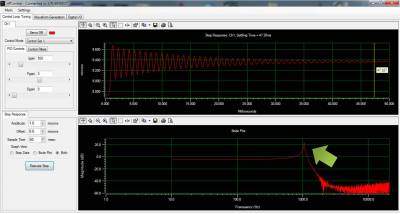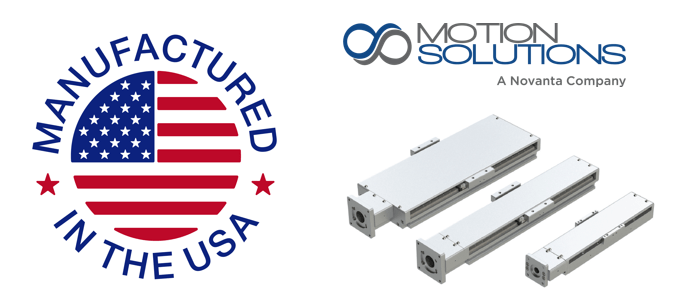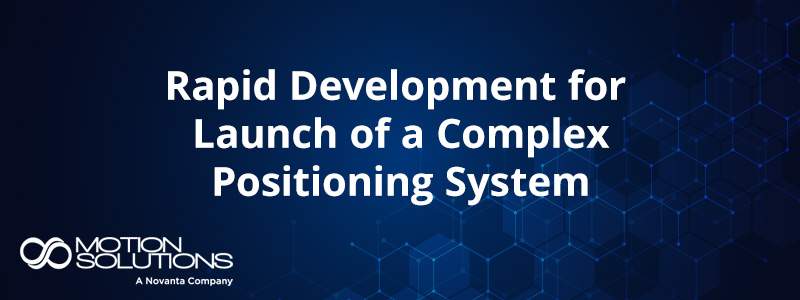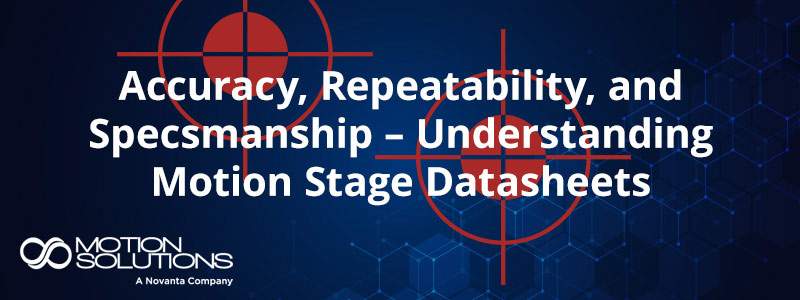The first (or lowest) resonance frequency per axis is typically specified for a nanopositioner. The resonance frequency could be of the mode along the motion axis or along other axes including rotation and other complex modes. In general, the higher the resonance frequency of a system, the higher the stability and the wider working bandwidth the system will have. The resonance frequency of a stage is reduced when load on the stage is increased.
System bandwidth can typically be 1/3rd the resonance frequency of the stage. The bandwidth is defined as the frequency at which the response of the system has declined 3db from its original value at low frequencies. The bandwidth is a measure of the system’s ability to faithfully reproduce/respond to an input signal. With a PID controller a user can vary the PID gain values to increase the bandwidth of the system. A system with a “high” bandwidth will respond faster.
It is typically safe to scan at 1/10th the resonance frequency of the stage, but with nPoint PID controller functionality it is possible to scan up to 1/3rd the resonance frequency of the stage in some instances (varying levels of tracking error will exist).
When selecting a nanopositioner to move large samples it is important to understand how that the resonant frequency will change when the nanopositioner is loaded. Resonance frequency reduction with load depends on the design and stiffness of the stage.
The Bode plot in figure 1 below shows where a resonant frequency is for a stage. This is plotted from a step response on a nPX100 piezo stage with a LC.400 controller. Software such as this allows the user to dampen the first resonance mode with a notch filter. A second notch filter is available to further dampen the second resonance frequency of the stage if necessary. This allows the controller gain to be increased which in turn allows for faster scanning. It is important to note the resonance frequency of the stage, how fast you would like to scan, and the mass of your load to achieve the best results for your project.





